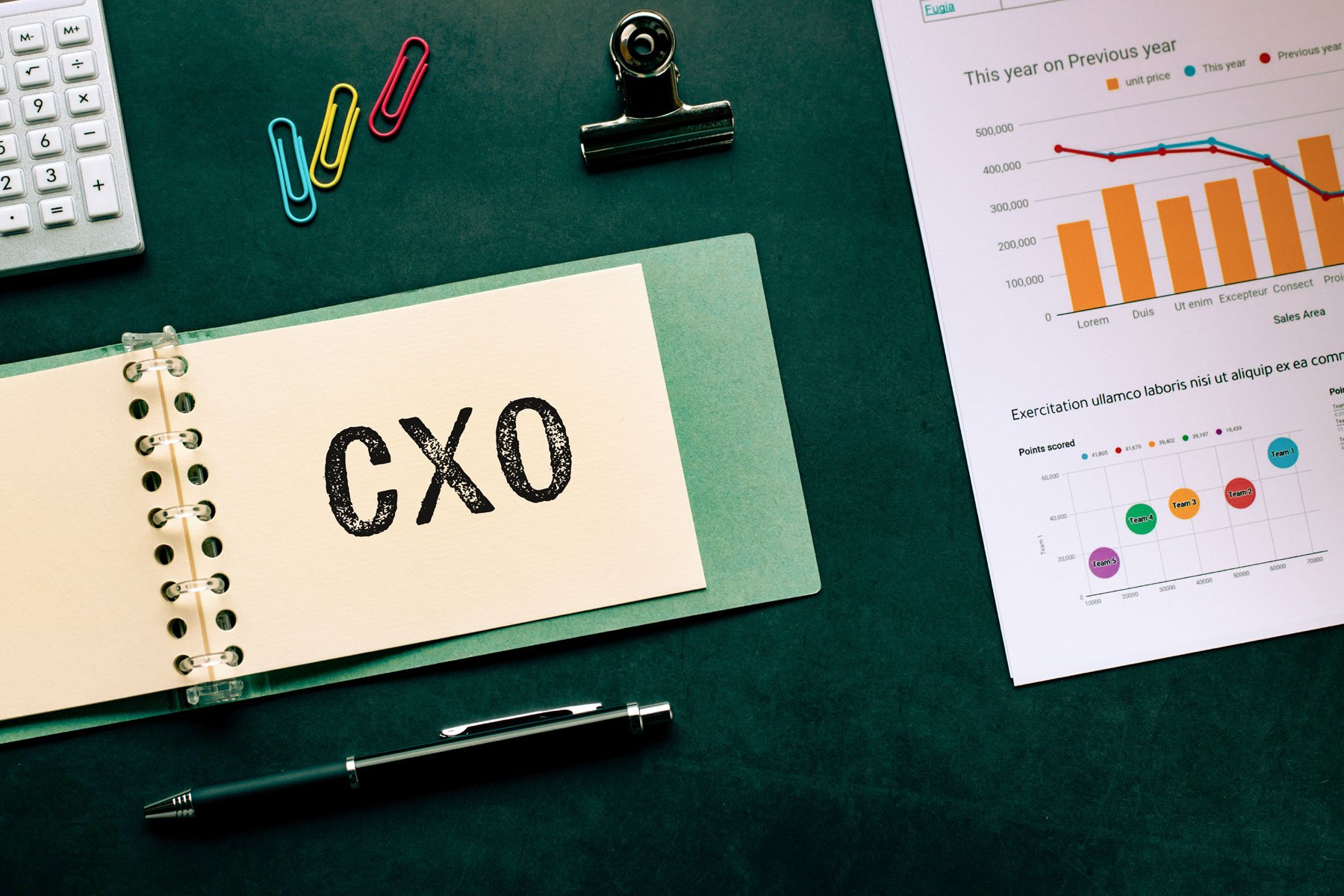What’s New at Kinetic: Building Smart in 2026
At Kinetic, we believe the future of Business Process Management isn’t bigger—it’s smarter.
The first day as a Chief Experience Officer involves dissecting the existing tech stack and charting a path to enrich the user experience. This guide offers a deep dive into the strategies and...

The first day as a Chief Experience Officer involves dissecting the existing tech stack and charting a path to enrich the user experience. This guide offers a deep dive into the strategies and insights for a CXO to make impactful decisions from day one.
Bright and early, your first day as a Chief Experience Officer unfolds, bristling with the anticipation of shaping the digital journey of your users. You stand at the helm, ready to steer the company’s tech stack towards uncharted territories of engagement and satisfaction. But before setting sail, a thorough review of the current technologies, tools, and platforms is indispensable. The goal? To pinpoint both the strengths to build upon and the gaps that need bridging.
As you step into your pivotal role, your inaugural task transcends mere formalities—it’s about diving deep into the digital foundations of your organization. This critical first step involves conducting a thorough inventory of all technical assets at your disposal. But it doesn’t stop there! Beyond simply cataloging tools and systems, it’s essential to probe into how these technologies resonate with the very people who interact with them daily. Gauging employee engagement and satisfaction with the organization’s technology becomes a mirror, reflecting not just how well your tech stack serves its purpose, but also how it shapes the day-to-day experiences of those it’s meant to empower. This methodical approach sets the stage for transformative decisions that will sculpt the user experience landscape, making it a journey worth every meticulous step.
It is time to chart your course for user enhancements by focusing on your users. You want to avoid committing to a large project right out of the gate. Take a moment to evaluate your easy wins that can significantly impact the organization.
After thoroughly evaluating your organization’s tech stack, intuition might suggest that pulling everything into one system would streamline operations and user experiences. However, while seemingly efficient, this approach carries with it a series of significant risks that can ultimately lead to a range of organizational and operational challenges. Understanding these risks is essential for any Chief Experience Officer looking to foster a robust and flexible digital ecosystem.
Understanding these risks underscores the importance of resisting the urge to over-centralize. Instead, Chief Experience Officers should strive for a balanced tech ecosystem that combines the benefits of both specialized and integrated solutions. By doing so, organizations can enjoy the flexibility and specificity of specialized tools while still fostering a cohesive, interconnected digital environment that supports seamless operations and exceptional user experiences.
In navigating the complexities of tech stack optimization, the key lies in maintaining this balance—leveraging the strengths of both specialized and centralized systems to create a resilient, efficient, and user-friendly digital infrastructure.
This is where Digital Experience Platforms (DXPs) like Kinetic Data enter the scene, embodying the principle that you can have the best of both worlds. DXPs allow the use of specialized tools across different departments without creating data silos or fragmenting the user experience. By facilitating seamless integration and data flow between diverse systems, DXPs ensure each department can access the tools that best suit their needs while maintaining a cohesive and interconnected digital ecosystem.
Your first day as a Chief Experience Officer marks the beginning of a relentless quest for excellence in user experience. By meticulously reviewing your tech stack and devising a strategic plan for improvement, you lay the groundwork for a user-centric culture that thrives on innovation, empathy, and continuous learning. The digital landscape is continuously changing, and you want to ensure you lay the foundation to grow and change alongside it. Adopting tools that allow for seamless integrations and do not trap you from adopting new technologies will be key to making your mark in your organization’s user experience journey.
Ready to kickstart your journey as a Chief Experience Officer with confidence and clarity? We’ve crafted a comprehensive guide for your pivotal first 90 days. This essential resource is packed with actionable steps, key considerations, and strategic insights to help you navigate the complexities of evaluating and optimizing your tech stack, enhancing user experience, and aligning your digital strategy with business goals. Don’t miss the opportunity to lay a solid foundation for success in your new role. Download your CXO First 90 Days Framework now and begin transforming your organization’s digital experience from day one!

At Kinetic, we believe the future of Business Process Management isn’t bigger—it’s smarter.

IT support automation uses software workflows, rule engines, AI/ML, and integrations to automate...

Business process reimagined is the strategic renewal of how work gets done by combining modern digital...